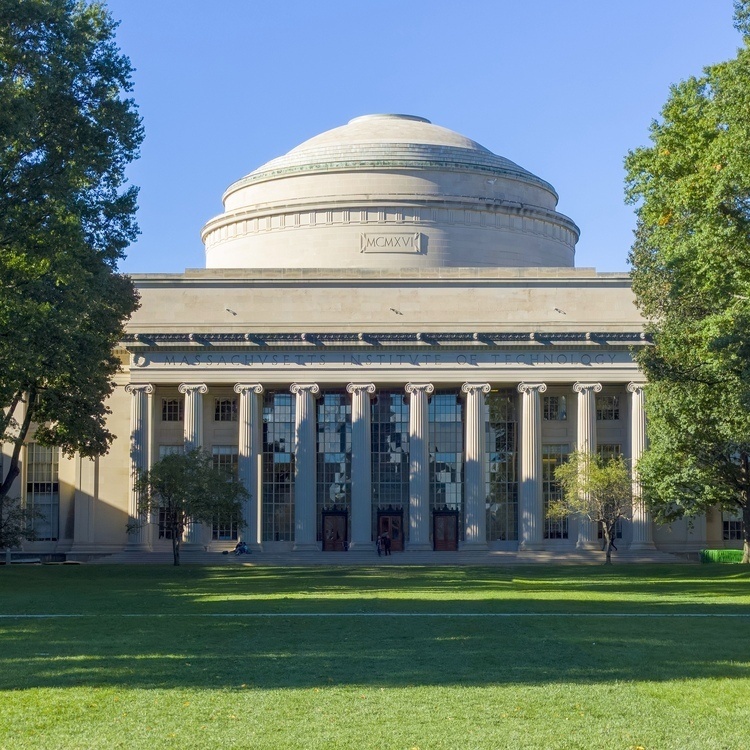
NeuroLunch: Sajal Sen (Jasanoff lab) & Tushar Chauhan (Bear Lab)
Description
[Bring a pen to give feedback!]
Sajal Sen: Probing Cholinergic Brain Function Using MRI
Abstract: Acetylcholine plays essential roles in the central and peripheral nervous system, and defects in cholinergic function have been implicated in neural disorders ranging from autism to Alzheimer’s disease. Developing molecular imaging strategies to monitor cholinergic function in living tissue is of outstanding interest in both basic and applied neuroscience. A tractable approach in this regard is to measure activity of cholinesterase enzymes (ChEs), which lyse choline esters at synapses. To study this biology at the scale of organs and organisms, we have developed an imaging probe that allows activity of ChE to be mapped noninvasively using magnetic resonance imaging (MRI). Our agent, called ChERT, undergoes enzymatic processing that reduces its solubility, promoting accumulation near sites of ChE activity. After synthesizing ChERT, we characterized its contrast properties and sensitivity to ChEs in vitro, discovering that it is efficiently hydrolyzed in particular by the ChE enzyme butyrylcholinesterase. To determine whether ChERT enables in vivo imaging applications, we examined its dynamics after intracerebroventricular injection into rat brains. We discovered that the agent spread well and produced particularly strong MRI contrast enhancements in brain regions known to be enriched in ChE; these signals could also be confirmed by postmortem fluorescence and photoacoustic imaging owing to the strong optical activity of ChERT. Notably, ChERT-mediated MRI changes were suppressed in the presence of the ChE inhibitor tacrine, further supporting specificity of the molecular imaging results. In concert, ChERT should thus provide a means for preclinical assessment of phenotypes and treatments that interact with ChE, in the long term possibly including cholinergic activity monitoring and ChE-related disease diagnosis in humans.
Tushar Chauhan: Ultra-fast novelty-detection in the mouse V1
Abstract: A fundamental evolutionary trait that characterizes most successful species is their ability to adapt to recurring sensory stimuli. This allows individuals to be more alert to novel events, while conserving energy in a familiar environment. One such form of visual recognition memory, called Stimulus-selective Response Plasticity (SRP), has been identified in the mouse primary visual cortex (V1). It is exquisitely selective to the properties of a familiar stimulus, and has been characterized using a number of robust readouts including changes in layer 4 (L4) local field potentials, systematic changes in inhibitory activity, and progressive shifts in the oscillatory profile of V1 activity. In this presentation I will provide a brief introduction to SRP, and highlight recent work which aims to answer an important question: How fast can the mouse V1 detect novelty? We will show that SRP manifests across all layers in V1. Notably, in L2/3 and L4, discrimination between novel and familiar stimuli occurs within about 40-50ms of stimulus onset. These results strongly suggest a cortical locus for SRP, either through the strengthening of recurrent excitatory synapses, or through strengthened feedforward drive into inhibitory populations.

